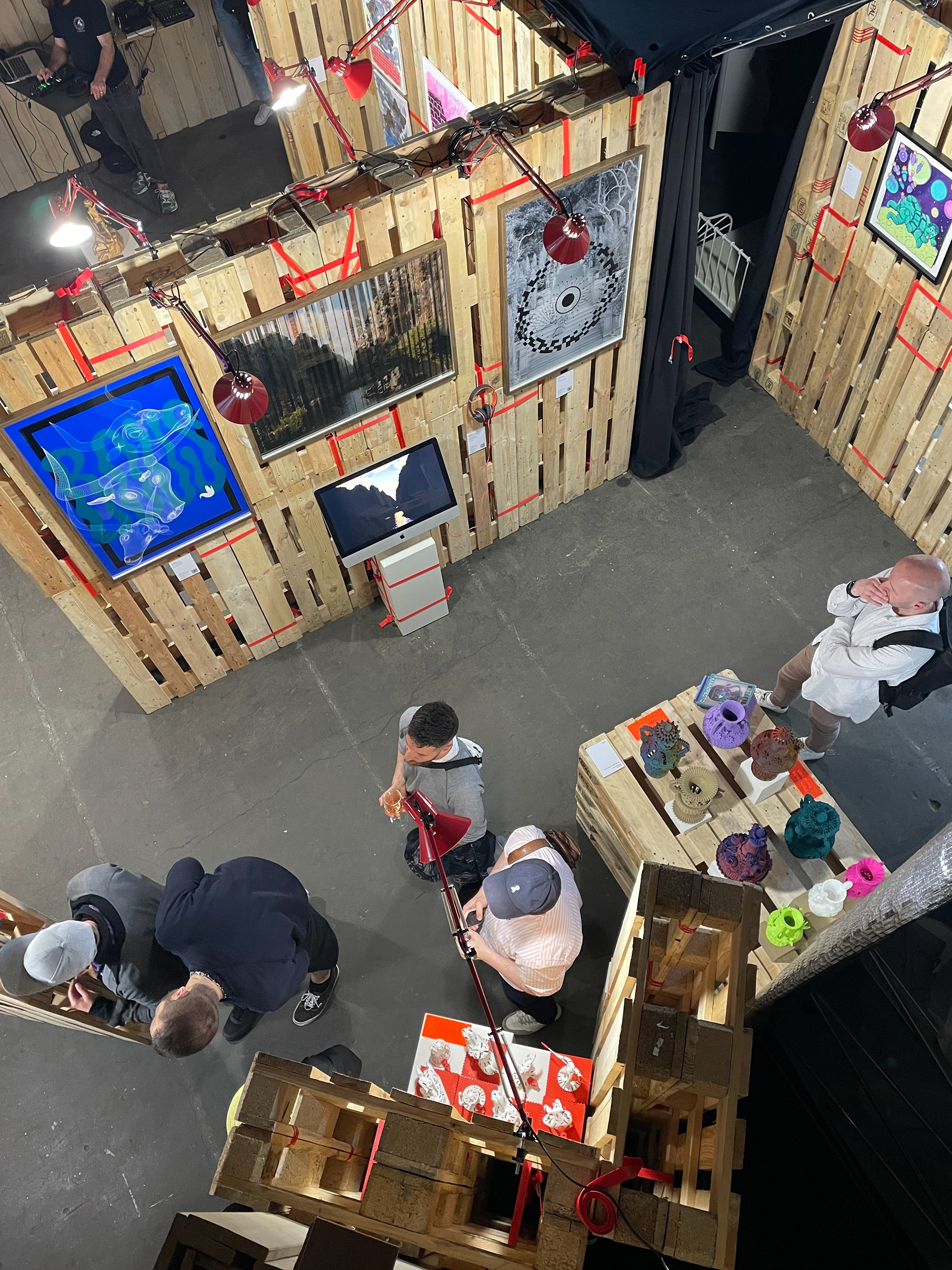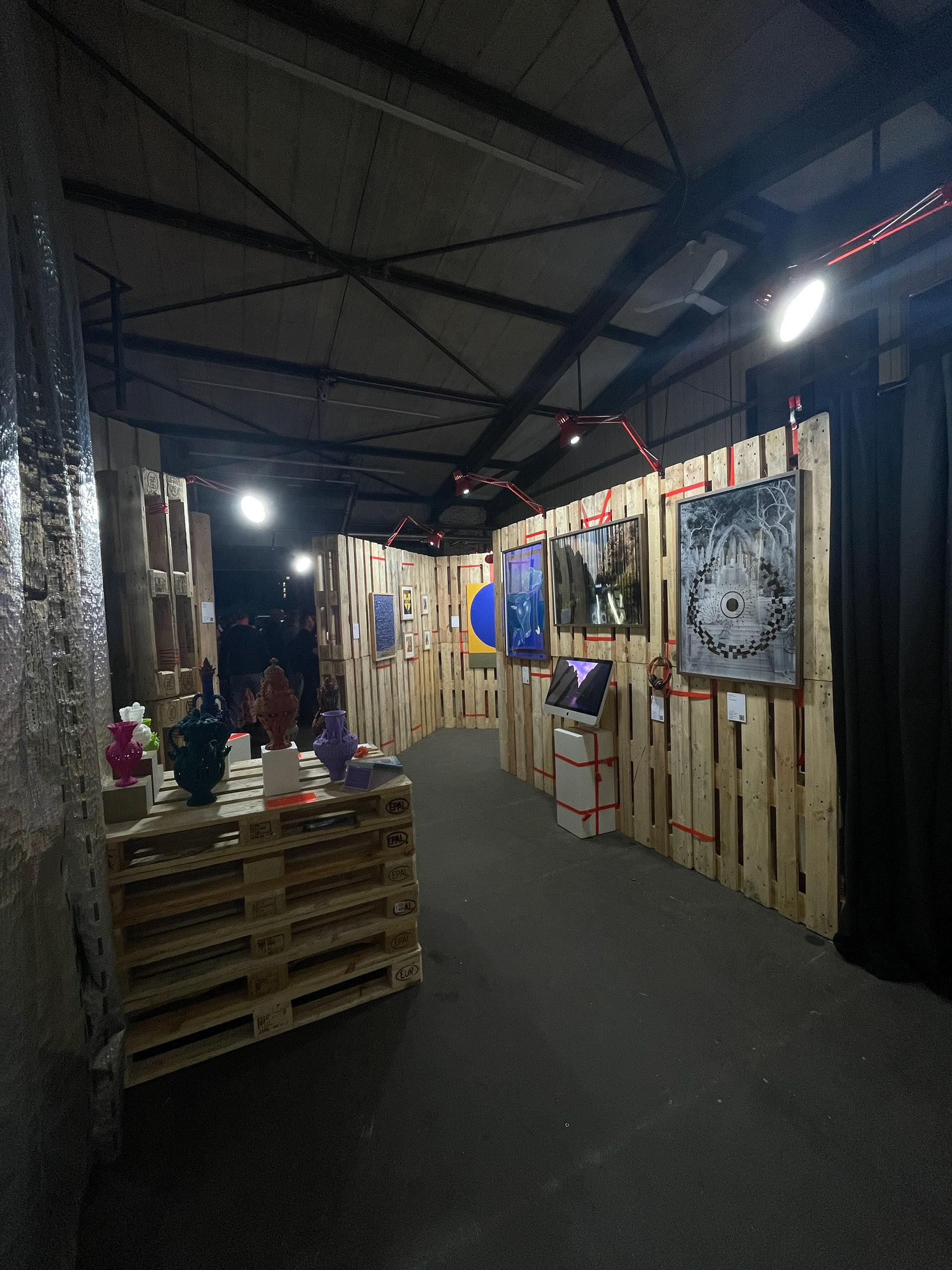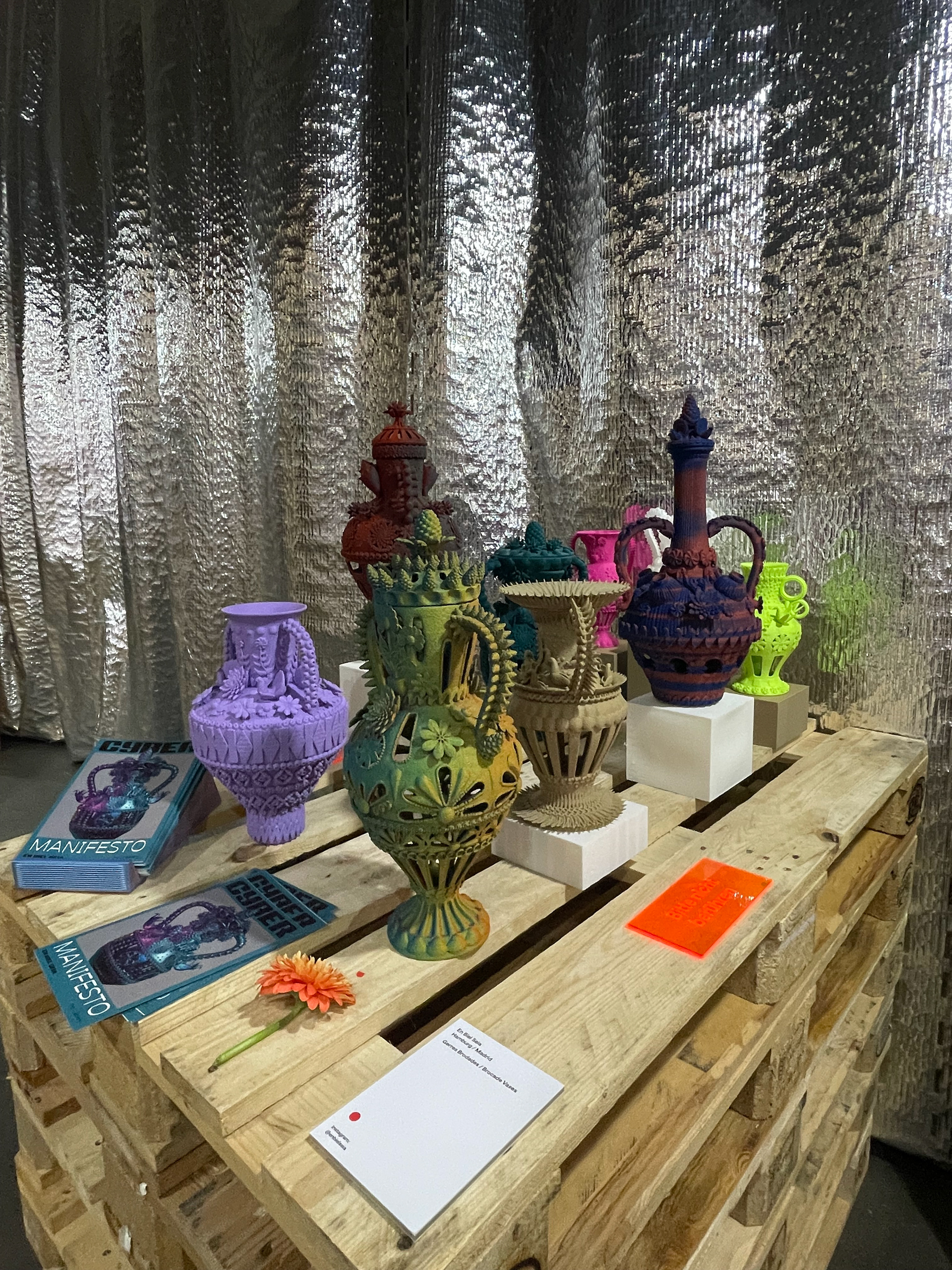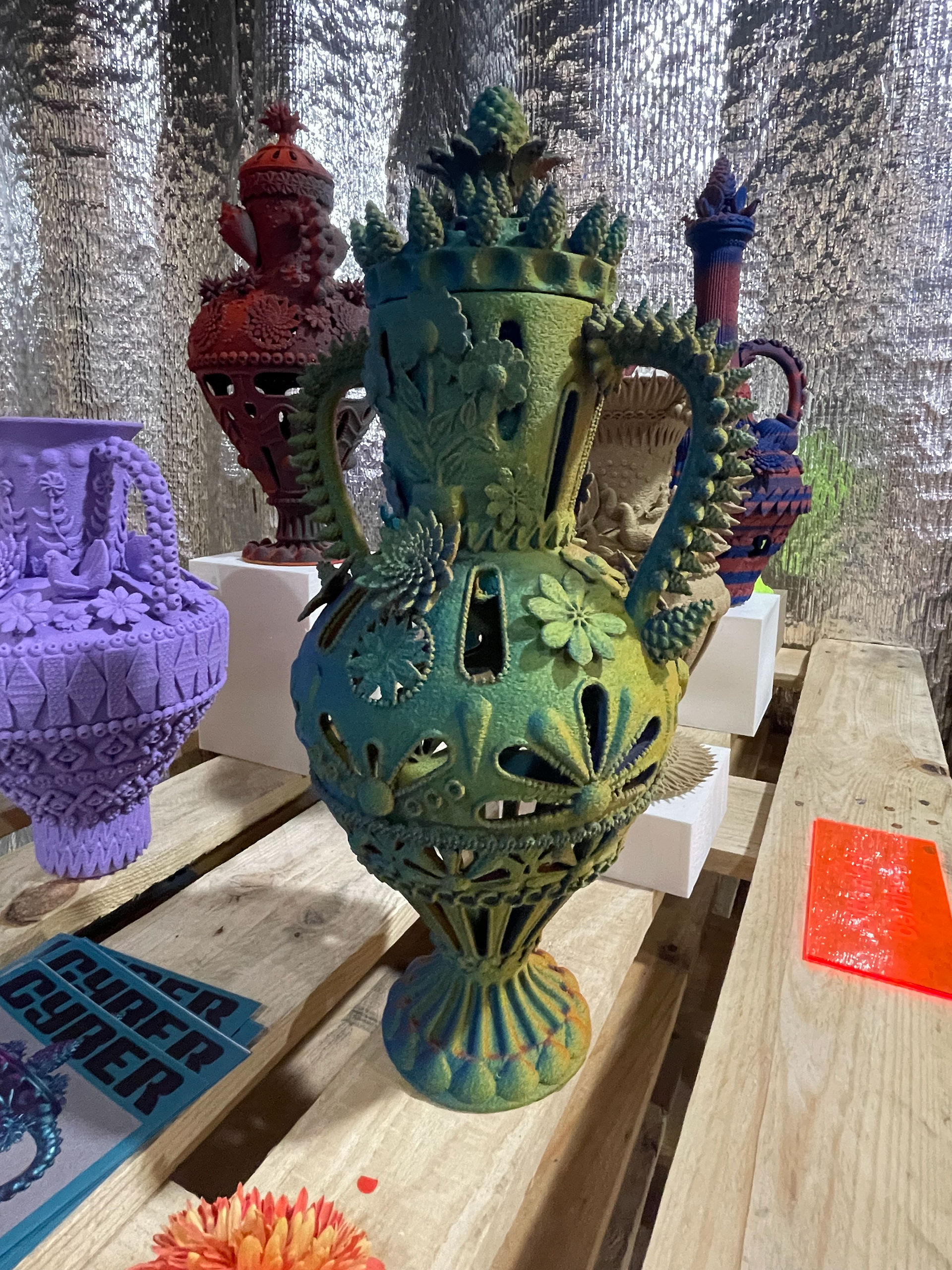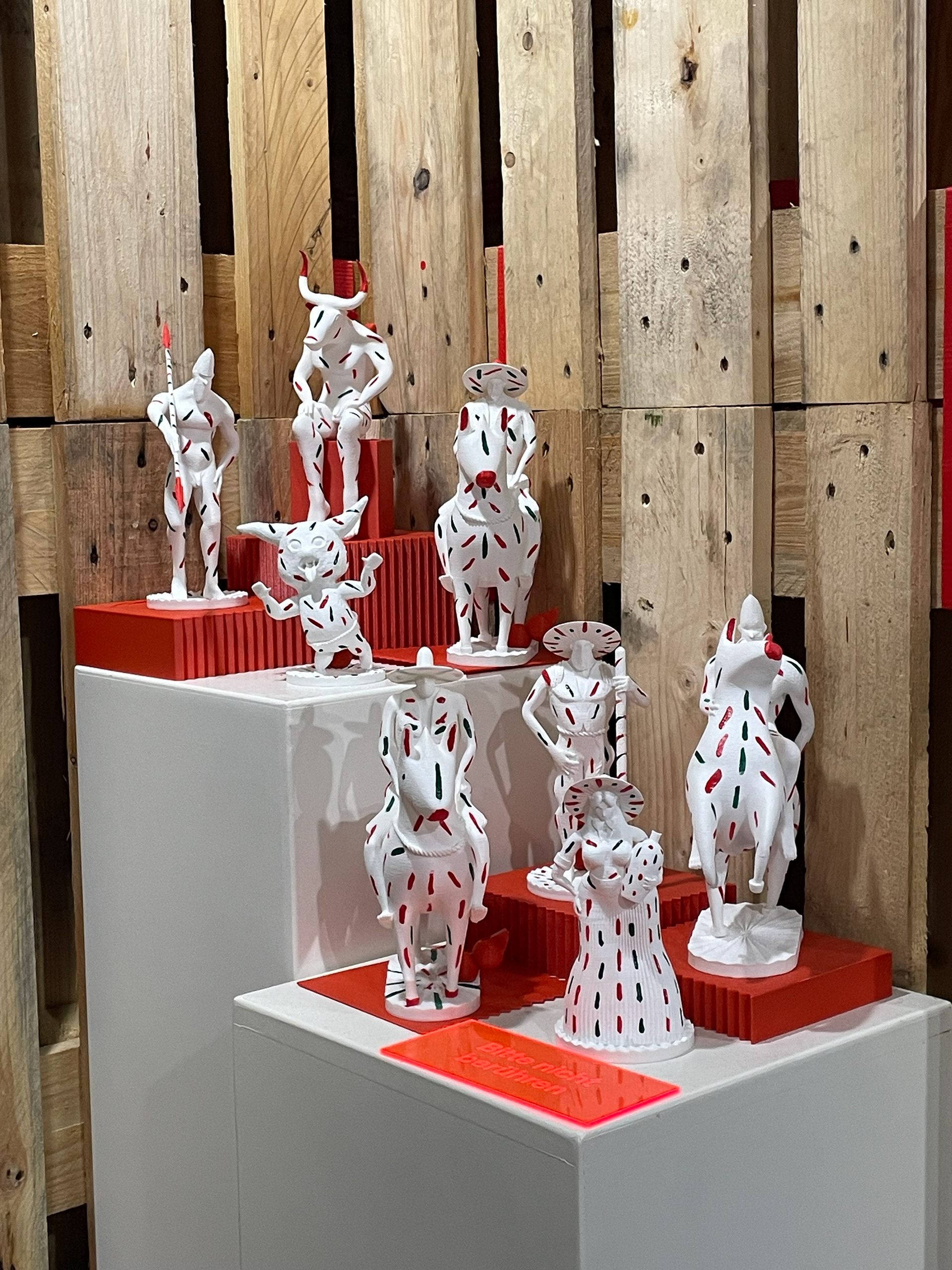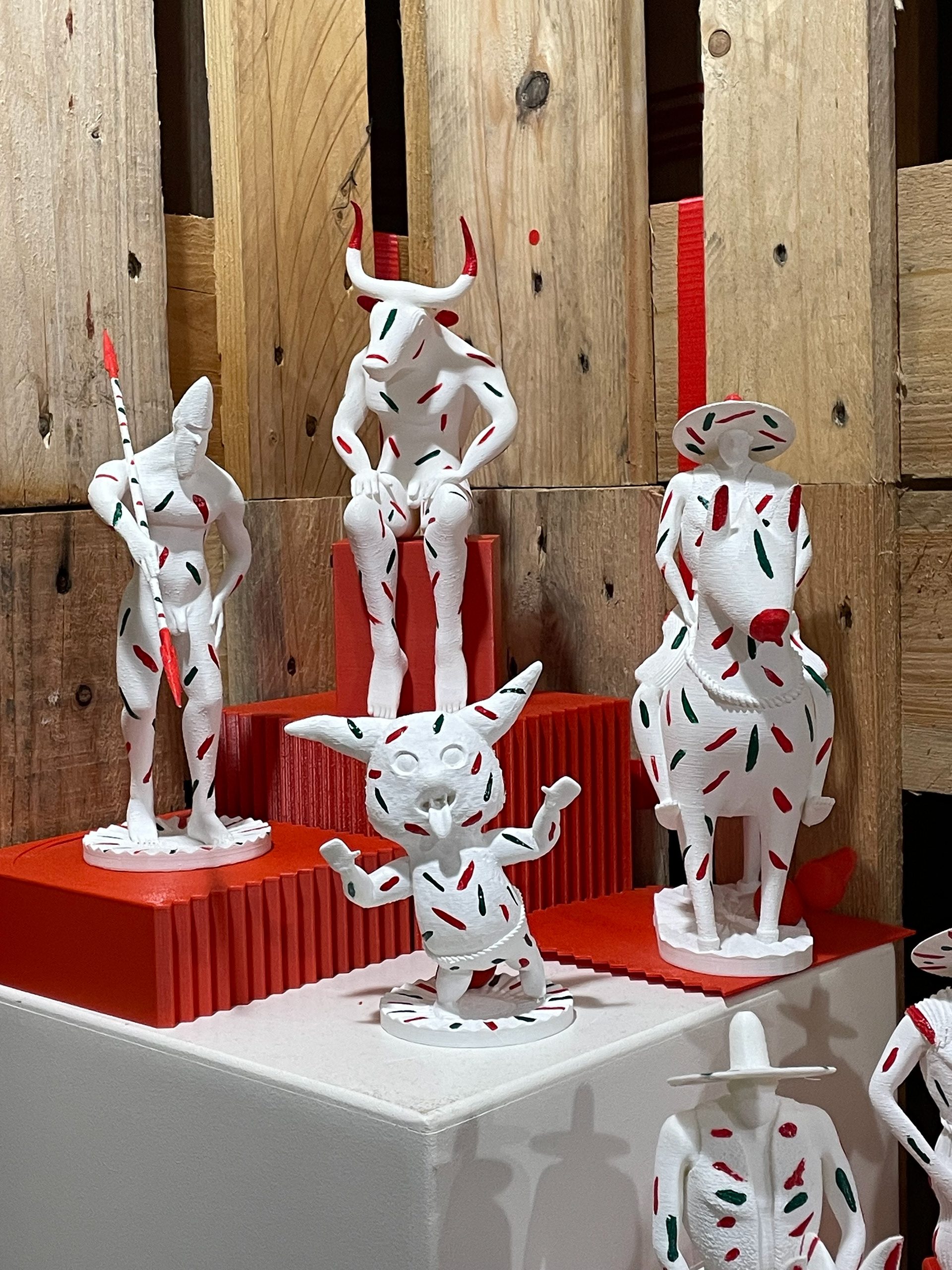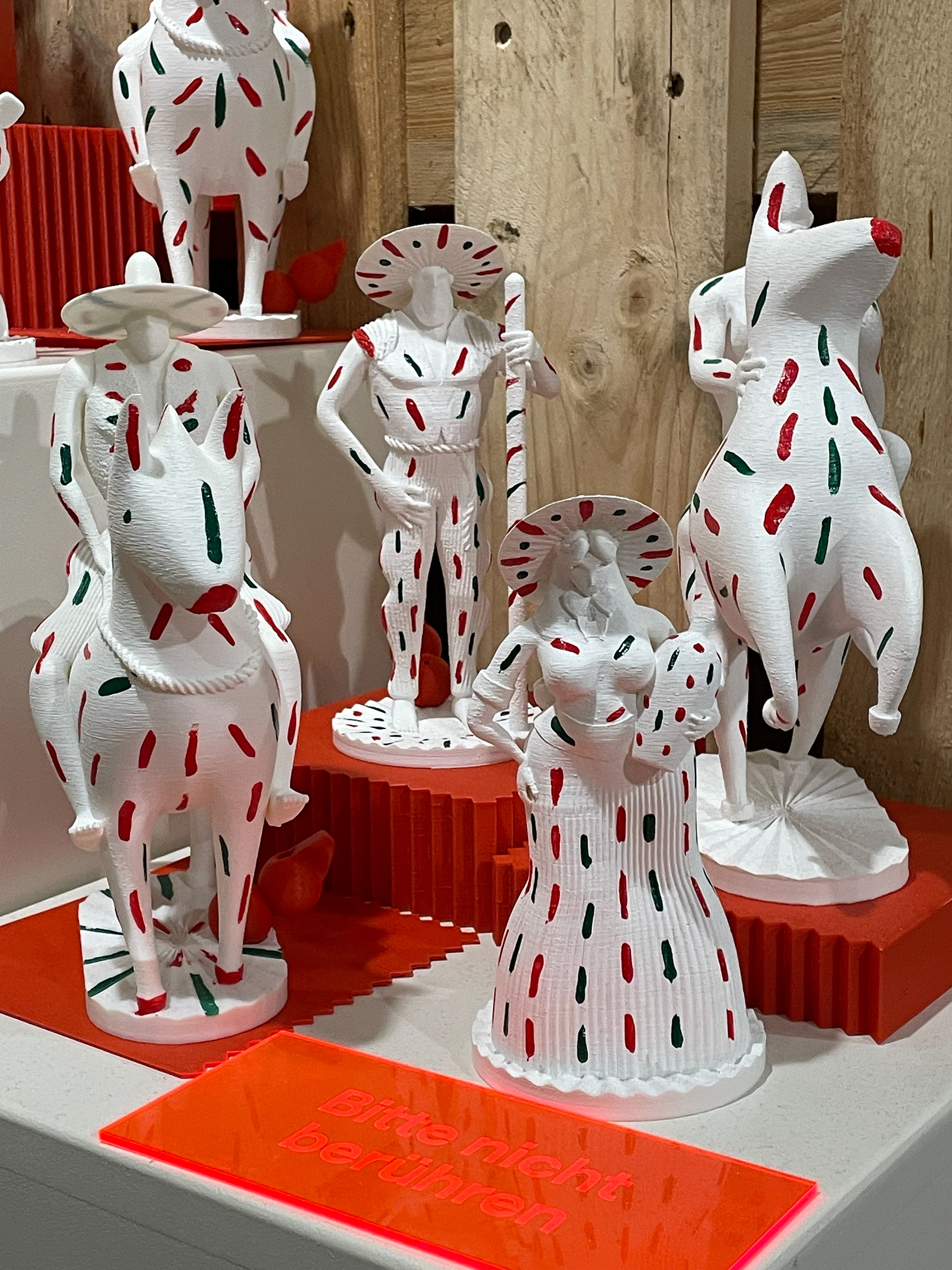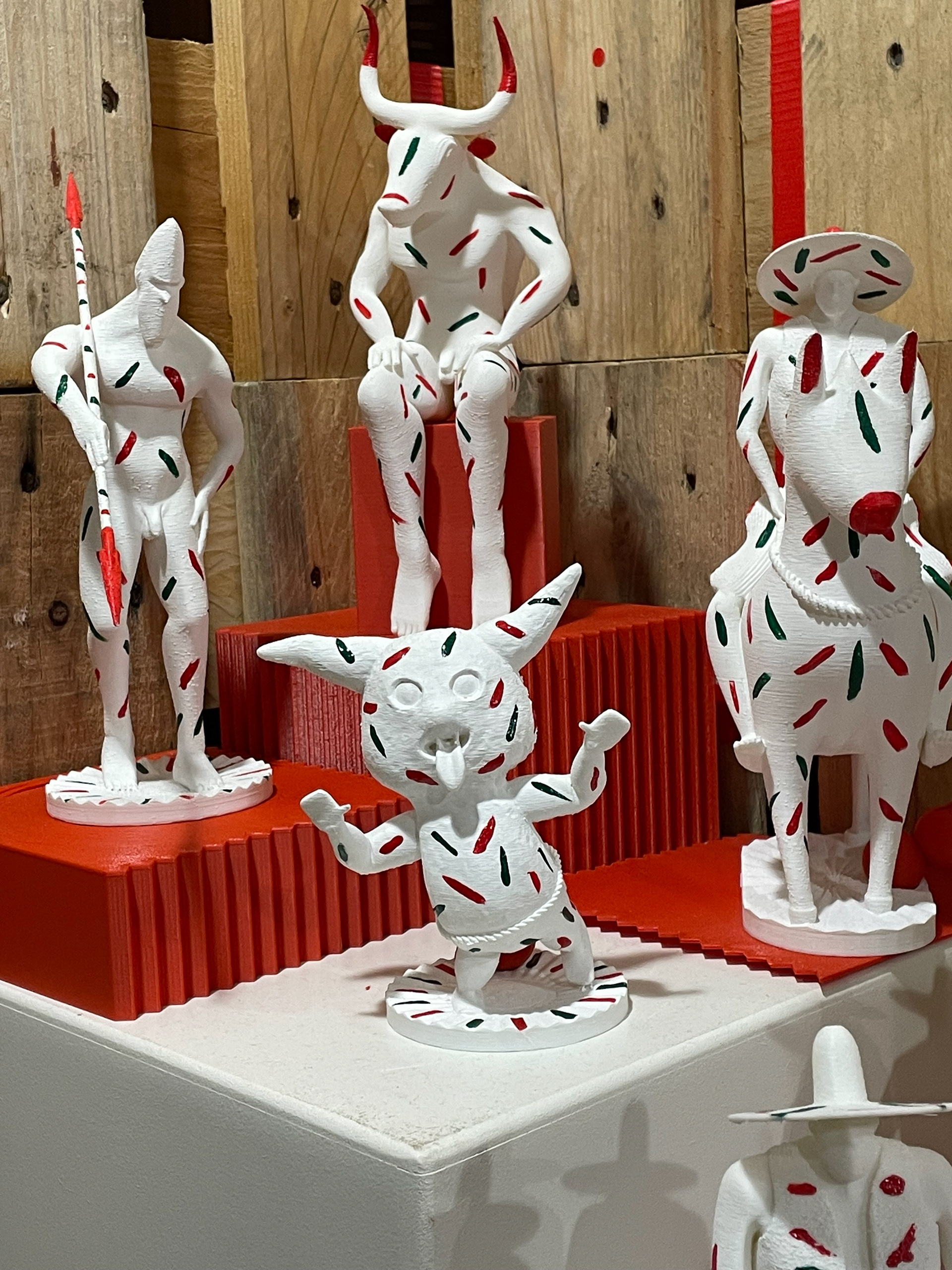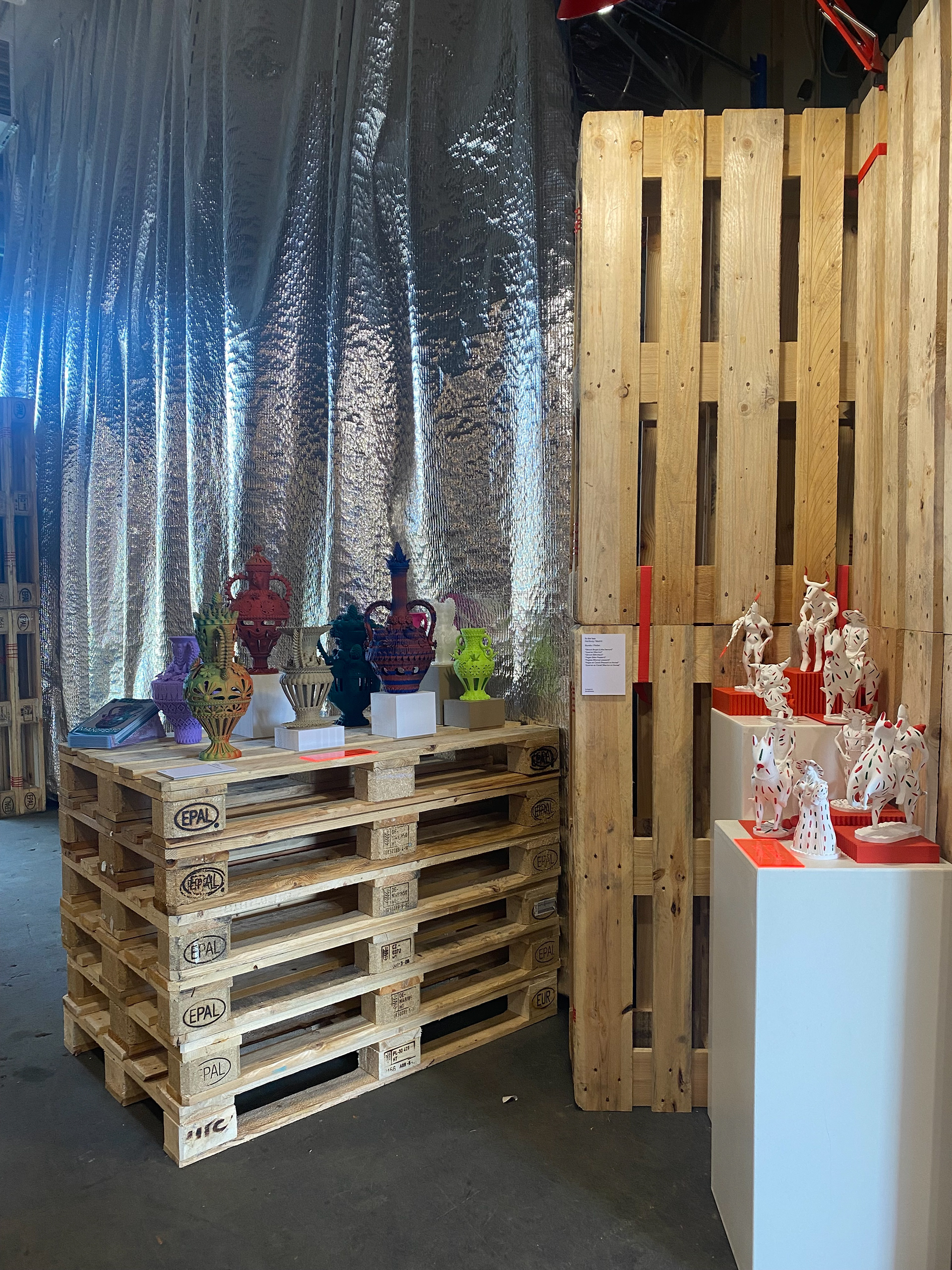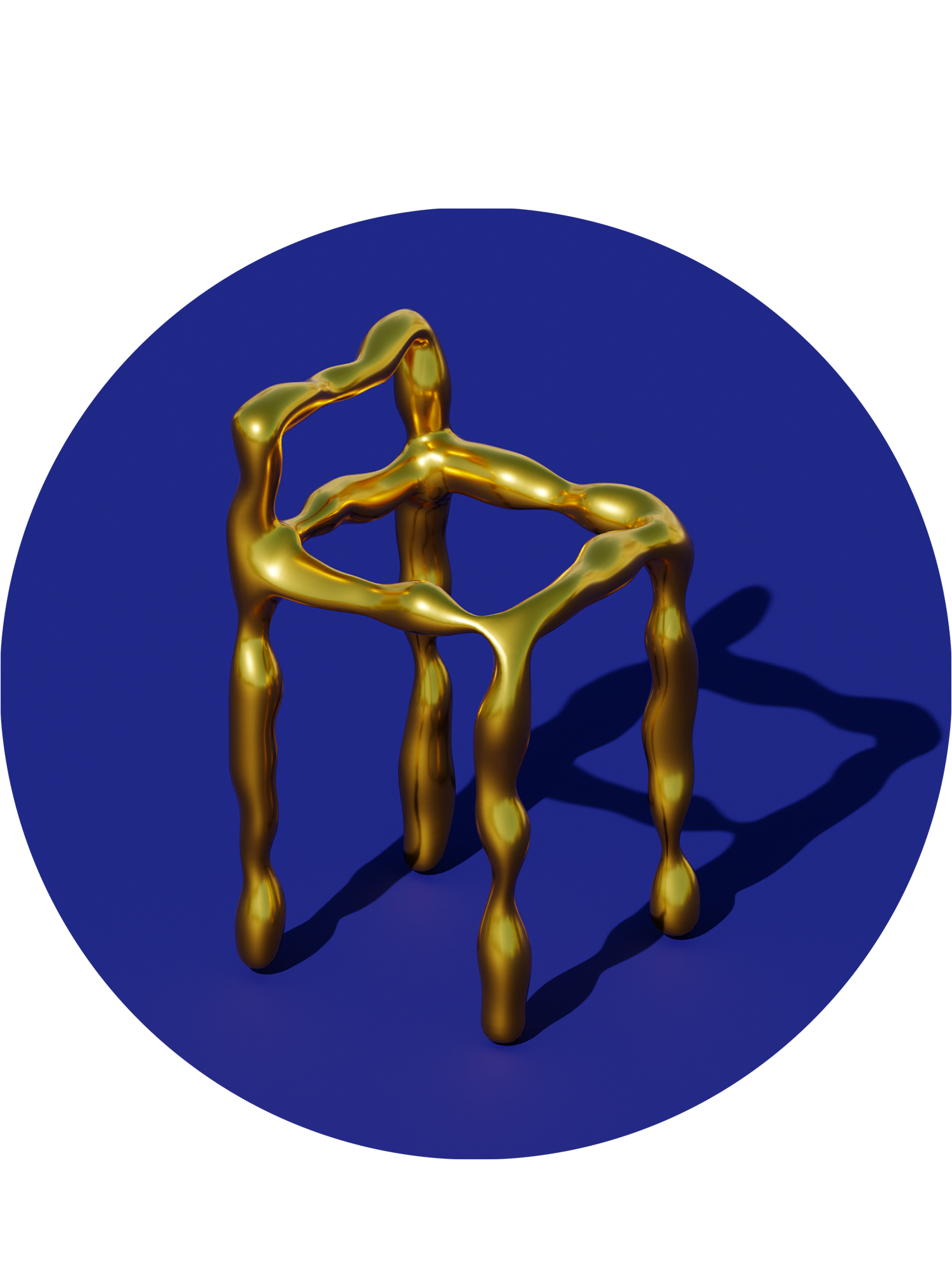Cyber Manifesto:
Digital crafts for a post-human heritage
“He cregut sovint que un poble que no té llegendes per contar és un poble condemnat a morir de fred. Mala vida li espera a la gent que ha perdut la capacitat de percebre la poesia de les velles paràboles, de recontar de bell nou el somnis de sempre, de tornar a recrear dins la memòria les velles i antigues ombres co-lectives”
"I have often believed that a people without legends to tell is a people doomed to die of cold. A harsh life awaits those who have lost the ability to perceive the poetry in old parables, to retell the age-old dreams anew, to recreate within memory the ancient, collective shadows."
(Gabriel Janer Manila)- Les Rondalles més Serverines
The Balearic Islands — and in particular the island of Mallorca — have been promoted for decades as a sun-and-beach destination, an idyllic postcard sold to the highest bidder. However, its cultural and natural beauty has long been marginalized. The problem lies in the fact that, after decades of directing much of the economic and infrastructural efforts towards the tourism industry, the island's culture has been reduced to a folkloric decoration. Turned into an aesthetic product for fast consumption, Mallorca’s heritage has been relegated to the background, far from the spotlight, cameras, and the attention of those who visit the island.
The Balearic Islands are, after Catalonia and Andalusia, the third Spanish autonomous community with the highest influx of foreign tourists. According to the National Statistics Institute (INE), more than 80% of its visitors come from abroad, mainly from Germany and the United Kingdom. And yet, of the nearly 13 million foreign tourists who visited the archipelago in 2022, fewer than half a million* visited a museum, according to data from the Spanish Ministry of Culture. The figures have changed little since then.
This disconnection poses a deep threat. If we stop telling our stories, if we stop passing them on to new generations, they will disappear. We will be symbolically exiled by visitors thirsty for sun, unaware of the warmth and power to be found in Mallorca’s rich history. Only the distant murmur of those people who came from the sea will remain.
There will be no trace of those men and women who raised unique megalithic structures nor of those who dedicated verses to trees stronger than the wind itself. Our identity will dissolve under the weight of mass tourism that does not see us, that does not listen to us.
*(Data extracted from the Ministry of Culture, "Museums and Museum Collections Statistics," and the INE (National Statistics Institute of Spain))
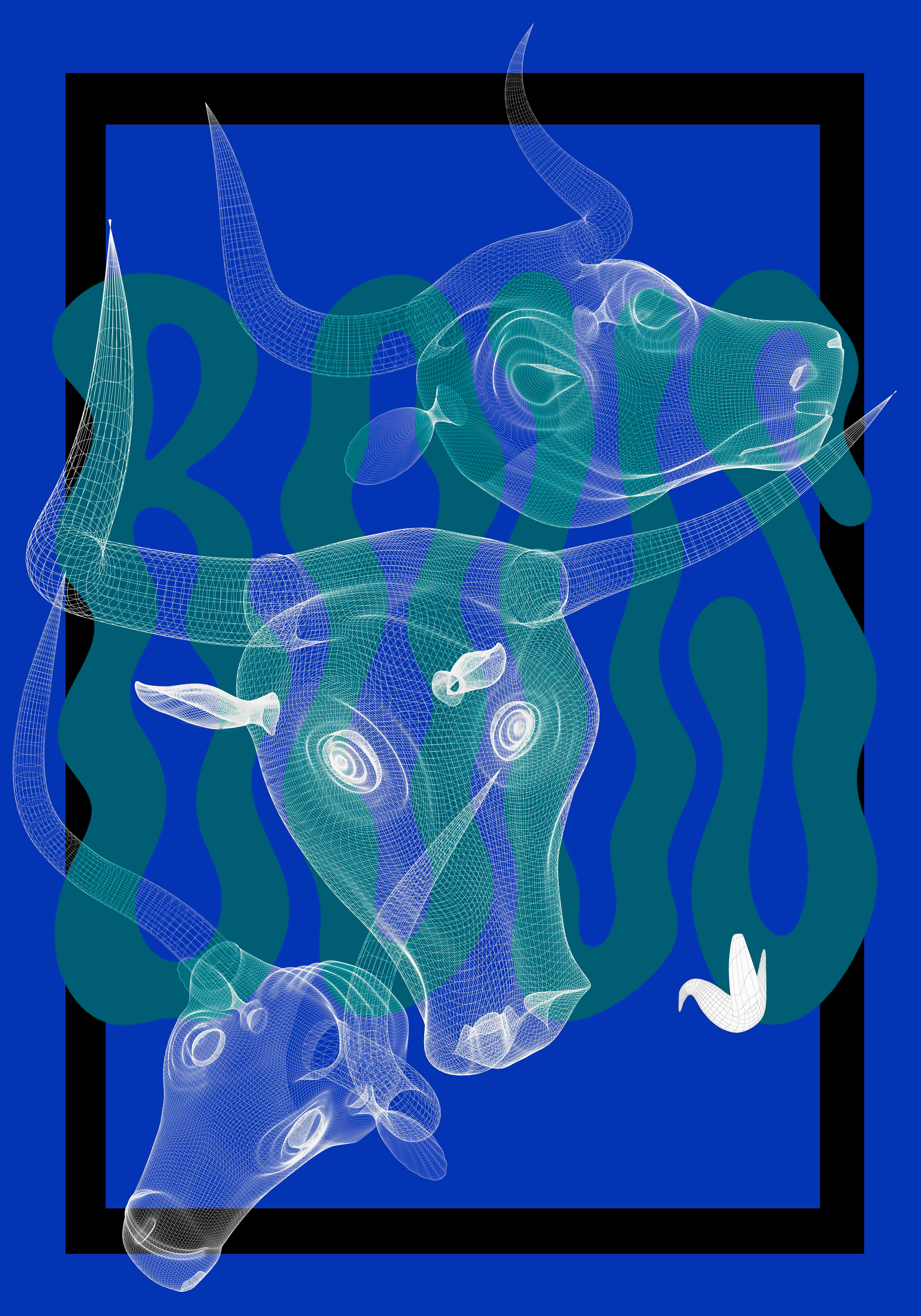
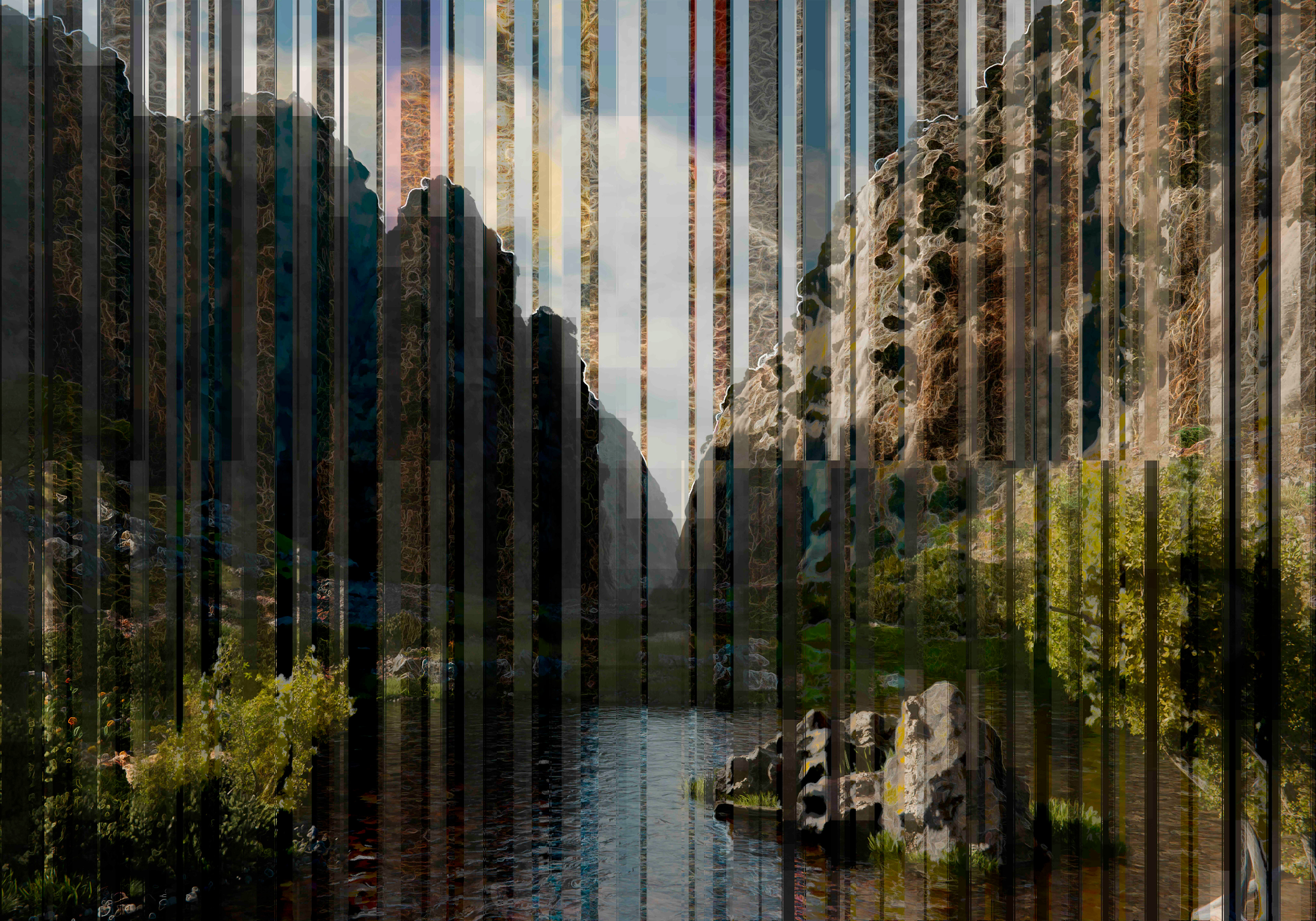
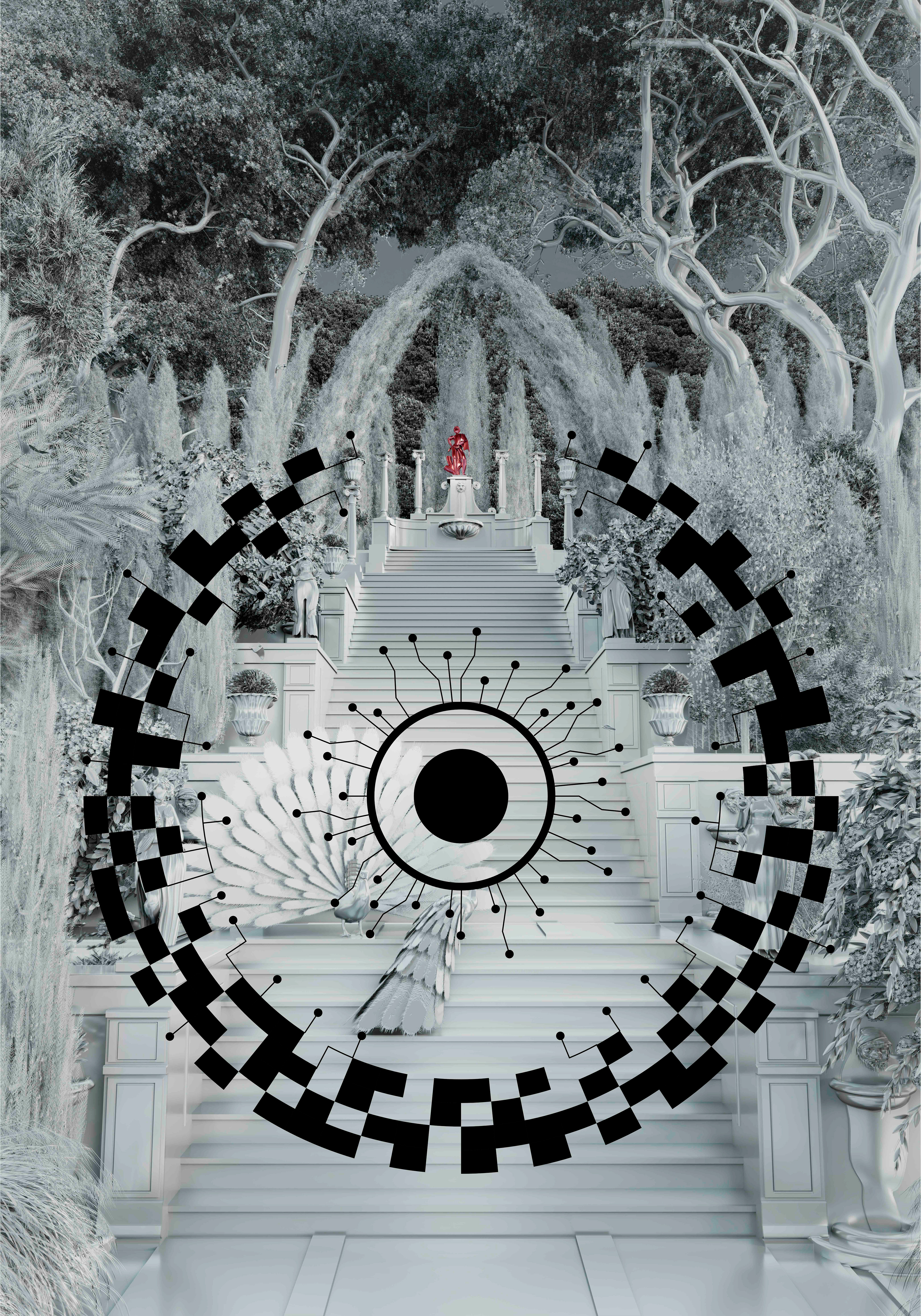
TECHNOCRAFTS
Techno-Crafts redefines what “handmade” means, merging ancestral skill with digital tools and transforming creative processes that once relied solely on handcrafted art. Rather than replacing tradition, technology expands on it, opening the door to the creation of forms once thought unattainable, all without sacrificing conventional techniques. New textures, shapes, and narratives can be explored in unique design languages, where algorithmic precision meets human intuition, forming a synergy between the physical and the virtual.
3D printing, in particular, acts as a bridge between the intangible and the physical, while allowing a level of detail that traditional methods could not achieve. This evolution also transforms the handcrafting process, enabling both the creation of unique artistic pieces and mass production.
In this context, traditional Mallorcan ceramics, today on the verge of extinction, can be preserved. There are only two workshops using ancestral methods still producing these pieces. Saving this heritage becomes almost an ethical responsibility: spreading it, reinterpreting it, and exploring new ways of communicating it is a way of keeping it alive.
